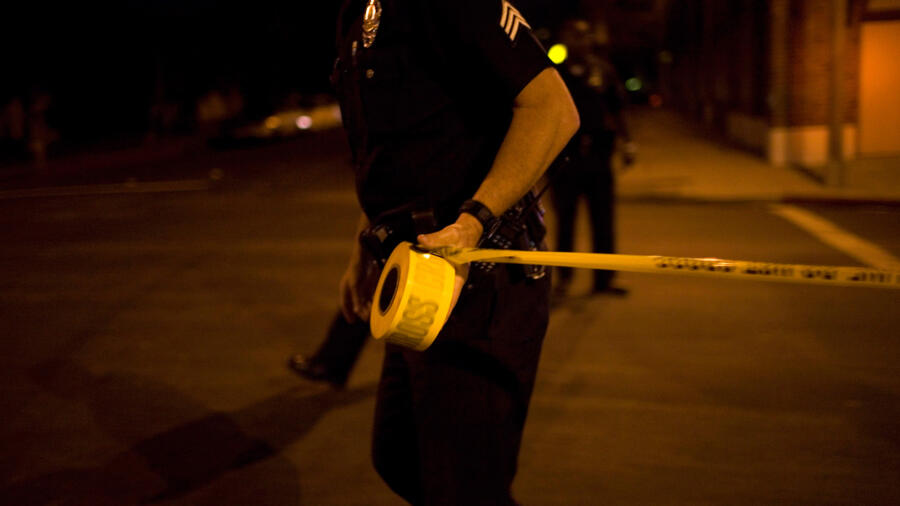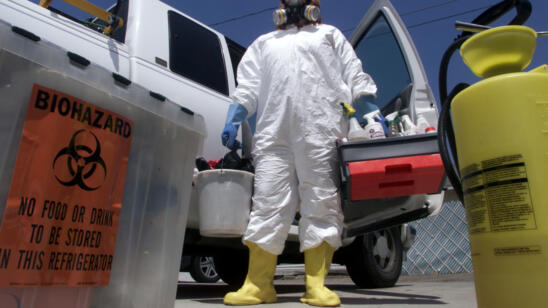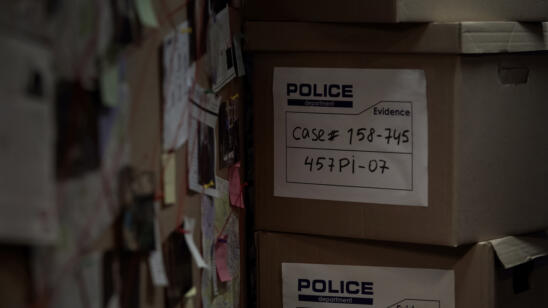“Yellow lines separate traffic flowing in opposite directions…A solid yellow line indicates that passing is prohibited.” –Manual on Uniform Traffic Control Devices
Federal Highway Administration, U.S. Department of Transportation
The First 48 digital series Inside the Tape takes viewers straight into the heart of early police investigations, lifting the yellow plastic tape that warns “Police Line—Do Not Cross” and putting us right into the nitty-gritty.
As any crime-scene tech will attest, there’s a reason why yellow tape is so ubiquitous, both on TV and in real life. It has to do with something called Locard’s Theory of Transfer, which asserts that when people enter a crime scene, they leave evidence behind and take evidence with them. Random people wandering around crime scenes contaminate evidence, potentially undermining a case. That’s why it’s possible to be arrested for crossing crime-scene tape; in some states, the penalty is as much as two years in prison.
Why yellow? Scientifically speaking, it’s believed to be the most eye-catching color. Because of the way light bounces off the eye’s rods and cones, we see it more quickly than, say, red. And it’s also likelier to be seen by more color-blind people than other hues. Over the decades, yellow has also come to be associated with avoiding physical hazards, according to the nonprofit American National Standards Institute. In 1939, education professor Frank W. Cyr convened educators and got them to agree to standardize school bus appearance by painting them a high-visibility yellow.
As for the warning tape itself, it was first developed in the U.S. in the early 1960s by California-based Harris Industries, Inc., according to a 1998 article in The Miami Herald. Called non-adhesive barricade tape, it’s made from lightweight polyethylene, with a standard roll, 3 in. x 1,000 ft., coming in a variety of thicknesses. According to the manufacturer’s website: “Tapes help prevent accidents by increasing visibility of hazards and can be tied, stapled or nailed in place.”
In addition to guarding the sanctity of scenes on The First 48, caution tape shows up now in all kinds of contexts, as a kind of symbol of mayhem and rebellion—at parties, on bedding or even on rock-star-worthy guitar straps.
A&E’s True Crime gets closer to the people and the stories behind the crime headlines.
(Photo by Robert Nickelsberg/Getty Images)


